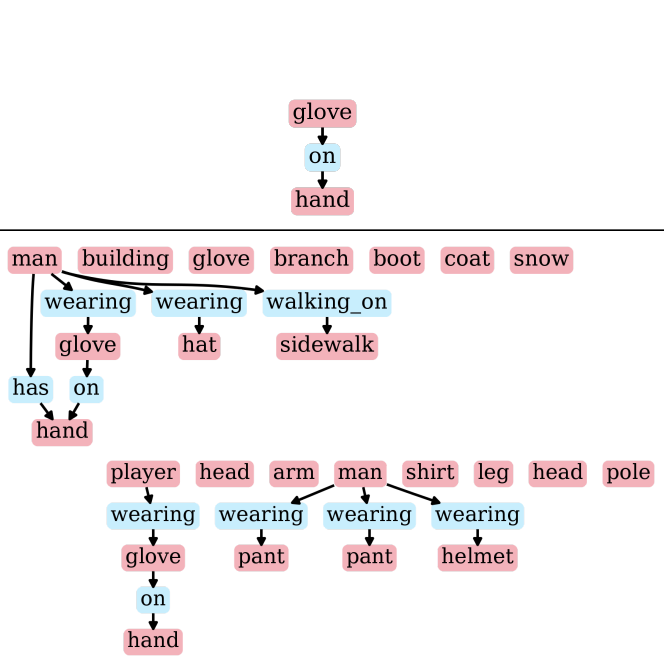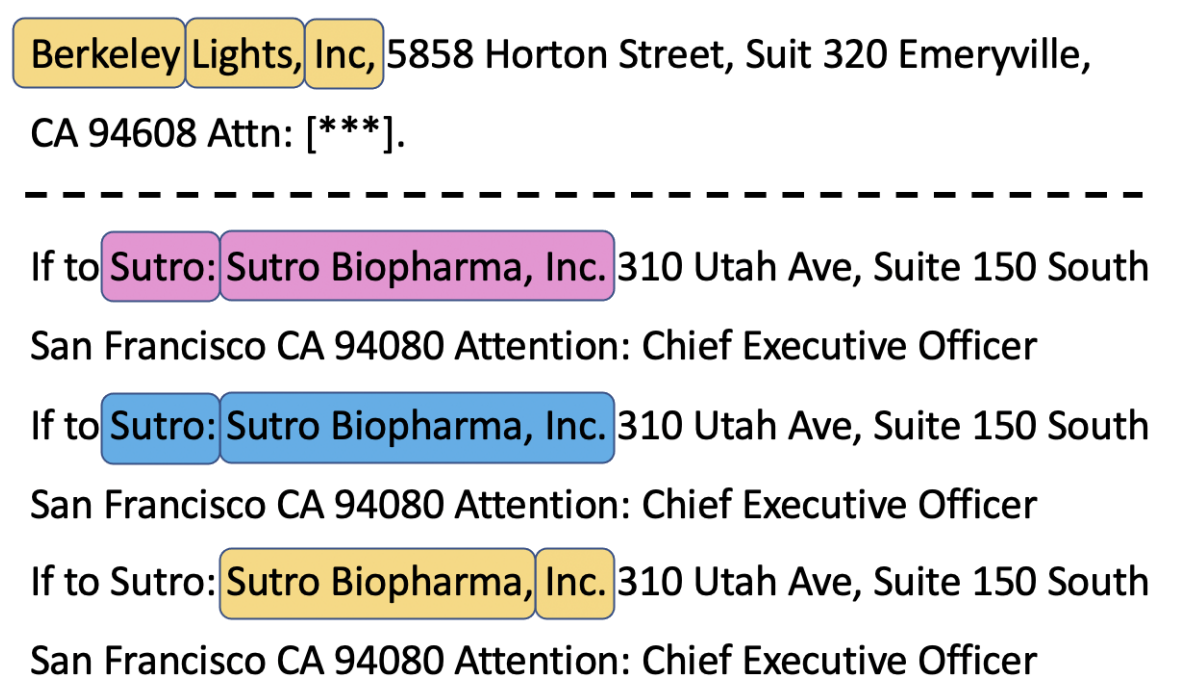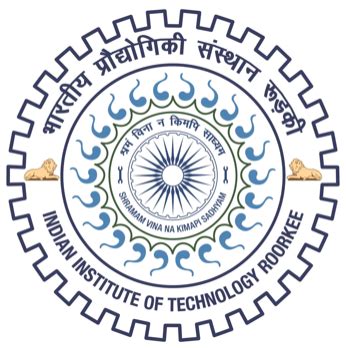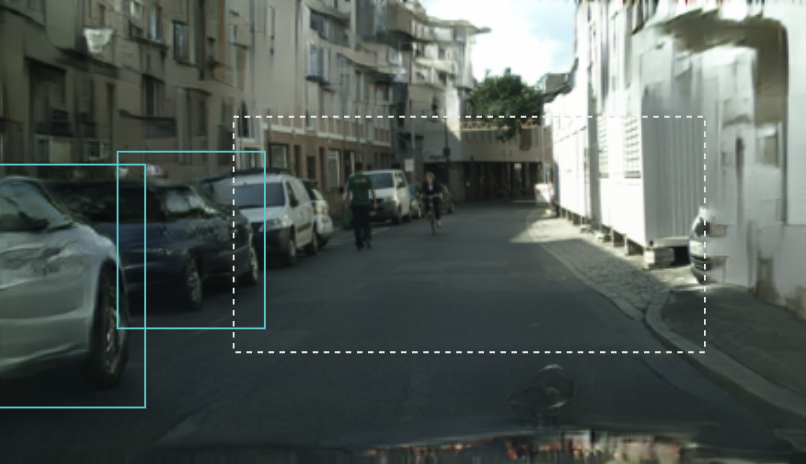Aniruddha Mahapatra
Research Scientist / Engineer
Adobe Inc.
I am a Research Scientist/Engineer at Adobe Research. I completed my Masters in Computer Vision (MSCV) from Carnegie Mellon University, where I was advised by Prof. Jun-Yan Zhu. My research interest include image and video synthesis and editing using generative models.
I am fortunate to have worked with Aliaksandr Siarohin, Hsin-Ying Lee and Sergey Tulyakov at Snap Research, Kuldeep Kulkarni, Anandhavelu Natarajan and Subrata Mitra at Adobe Research, Jitendra Singh at IBM Research, and, Professor Biplab Banerjee and Ranita Biswas at Indian Institute of Technology, Roorkee.
Software
Firefly Video [Adobe]
Key contributor to the design of the video tokenizer and decoder architecture for Adobe's Firefly Video foundation model.
![Generative Extend [Adobe]](/images/genextend.png)
Generative Extend [Adobe]
Key contributor to the specialized decoder architecture and optimizations that enables fast and High-Resolution decoding.
Moving Elements [Adobe]
Adobe's Photoshop Elements 2023 new feature 'Moving Elements' lets users generate aesthetic cinemagraphs from their photos.
Publications

WACV 2023
GEMS: Scene Expansion using Generative Models of Graphs
Aniruddha Mahapatra*, Rishi Agarwal*, Tirupati Saketh Chandra*, Vaidehi Patil*, Kuldeep Kulkarni, Vishwa Vinay

EMNLP 2022
⭐ Oral
Entity Extraction in Low Resource Domains with Selective Pre-training of Large Language Models
Aniruddha Mahapatra, Snarmila Nangi, Aparna Garimella, Anandhavelu Natarajan
Experience
2024—Present
Adobe Research
Research Scientist / Engineer
Developing high quality video generative models. Currenlty working on efficient and compact latent space for video generation and adding more controllable features to the model.
Manager: Feng Liu

Summer 2023
Snap Research
Research Scientist Intern
Worked on trajectory controlled video generation.
Manager: Aliaksandr Siarohin
2020—2022
Adobe Research
Research Associate
Worked on controllable cinemagraph generation and named entity extraction.
Manager: Balaji Srinivasan
Summer 2019
Adobe Research
Research Intern
Worked on action recognition and action localization in videos on edge devices.
Manager: Subrata Mitra
Education

2022—2023
Carnegie Mellon University
Master of Science in Computer Vision (MSCV)
Advisor: Prof. Jun-Yan Zhu

2016—2020
Indian Institute of Technology, Roorkee (IITR)
B. Tech in Computer Science and Engineering
Thesis Advisor: Prof. Balasubramanian Raman
